A device to enable an adult with Multiple Sclerosis to perform leg stretching exercises at home.
Rehabilitation Engineering Design Projects
as part of senior design at UNC
Accessible Garden Bed and Adjustable Hanging Basket

A garden bed that allows wheelchair users to access the plants. And a planter on a pulley system that can be lowered for wheelchair users to water the plants.
Switch Relay
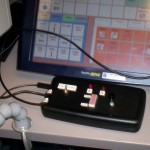
A device that gives clients control over two different switch-activated devices using only one switch
EMOD: Electronic Medication Organizer and Dispenser
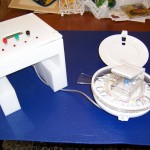
A custom pill dispenser designed to give people with disabilities independence when managing complicated pill schedules, while at the same time also reducing the risk of incorrect dosage organization and consumption.
Supine Leg Excerciser
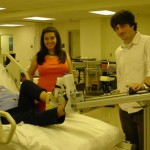
An exercise device help maintain leg strength for individuals in bed for extended periods.
The Personal Attendant Call: Improved communication between patient and attendant
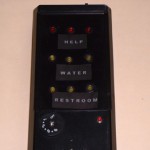
A personal attendent call that is simple to use, and conveys one of three different messages to the aide.
Moveable Arm Support

This device is a pulley system that enables an adult with peripheral neuromuscular disease to lift his arms by kicking out his legs. This is used in conjunction with his wheelchair to aid in eating and other tasks.
Walker Monitor
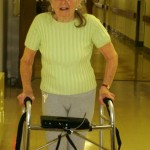
Users of rolling walkers who have Parkinson’s disease sometimes experience “freezing of gait” episodes in which a loss of balance causes serious injury when operating a walker. This device alerts the user at the onset of an episode, helping them to “break the freeze” and maintain their balance.

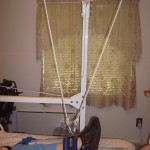
University Operator: (919) 962-2211 | © 2024 The University of North Carolina at Chapel Hill |